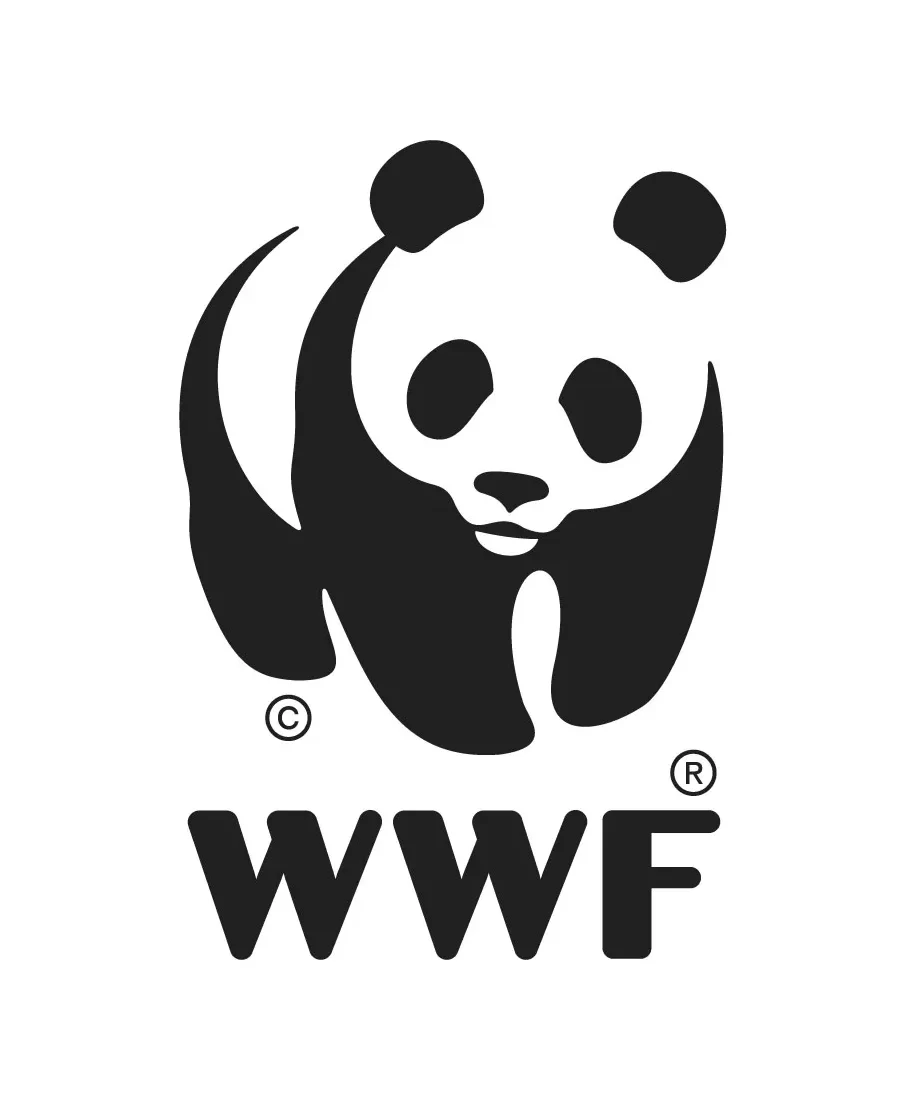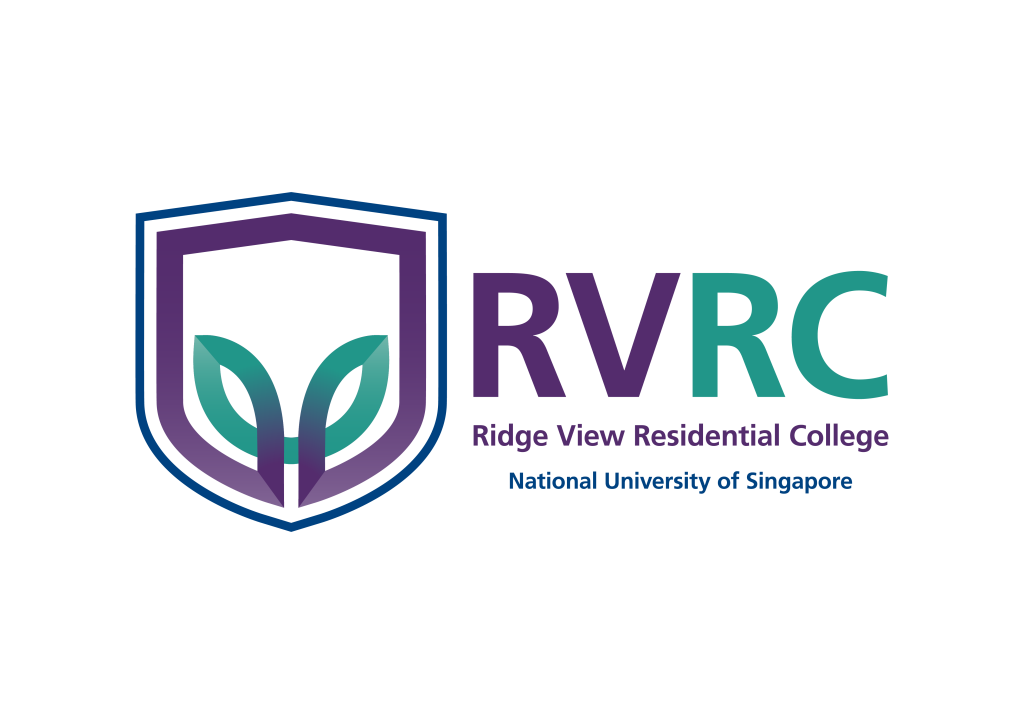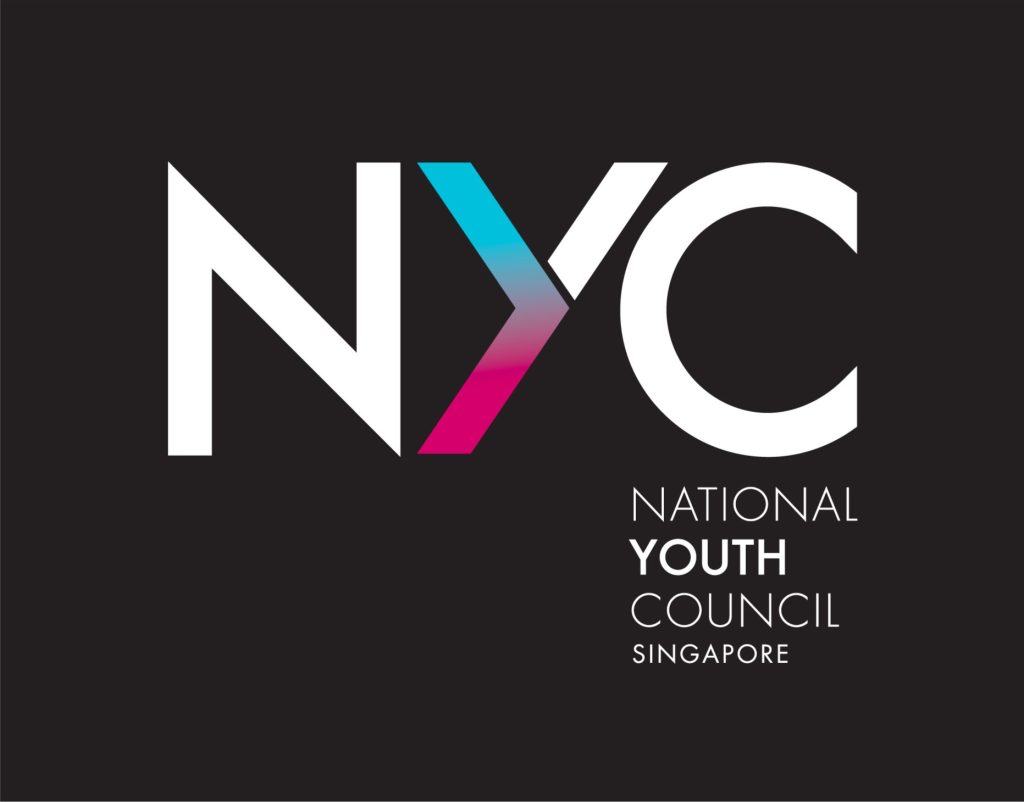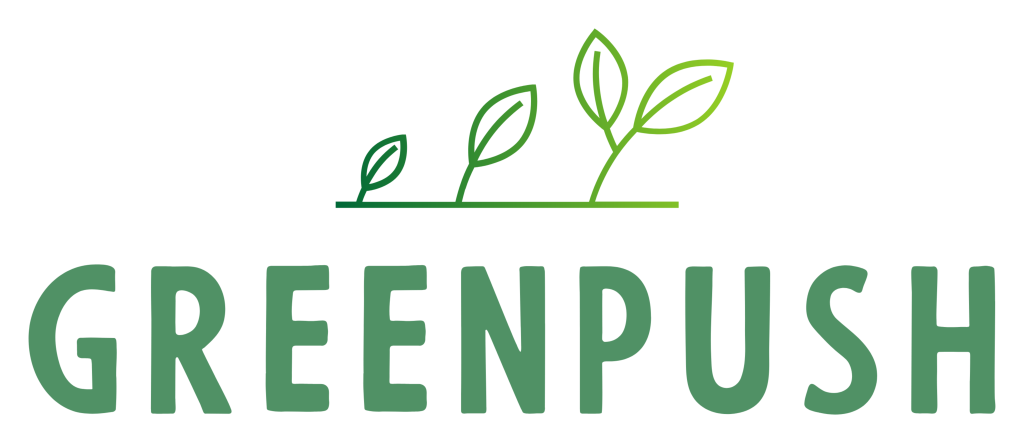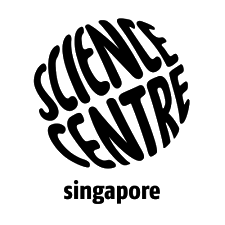On 21 September 2019, the first Singapore Climate Rally saw the gathering of more than 1,700 participants (most of them young people) at the Speakers’ Corner at Hong Lim Park. Decked in red and holding placards that bore words such as “O-Levels are soon, so is this irreversible climate crisis”, these activists called for systemic change and more preventive measures by the government and corporations to target climate change.
Fast forward to today, the pandemic has made such congregations in Singapore dangerous (and definitely illegal)—–and by extension, rendered such activism on the streets unthinkable. But this has not diminished the passion Singaporean youths have for environmental issues. In fact, youth activists have learned to harness the power of the Internet to continue forging their path towards a more sustainable future. The second iteration of the Singapore Climate Rally was held earlier this month. It was much like the previous rally, from the leveraging of social media platforms for promotional purposes to the open-mic segment. Only this time, the rally was held online on Zoom and live-streamed on Facebook.
Environmental advocacy efforts by young people have also bubbled up in other niches of the Internet. For instance, there is a growing community of ‘greenfluencers’ on Instagram. A scroll through the social media platform will uncover a deluge of environmentalists who are amplifying their messages in different ways. For some, such as Ms Woo Qiyun (NUS Environmental Studies, Class of 2020) and Dorcas Tang (Architecture, Year 1), Instagram is home to their vibrant visuals and infographics to raise awareness about climate issues. For others, they chronicle their vegan eating adventures or their zero-waste journeys.
Recognising the desire of youths to campaign for environmental sustainability issues, Temasek Foundation presented #WeGotThis (WGT)—a global youth sustainability incubator programme with a focus on social media advocacy. Organised by WWF-Singapore and in collaboration with Green Is The New Black, and Grey Singapore, WGT is a one-of-a-kind programme targeted at youths between 18 to 25-years-old. It includes an array of masterclasses and an intensive five-day bootcamp to empower youths to execute their very own sustainability advocacy campaigns.
One of the speakers at WGT was Dr. Vanessa Timmer, Executive Director of OneEarth, who shared ways to build a successful environmental campaign. Intrigued and inspired, The Ridge caught up with Dr Timmer to understand how NUS students can launch their very own campaigns.
The art of campaign strategy
The development of a well-thought-out strategy for your environmental campaign is the key to inciting real change. So, how can you go about doing this?
Firstly, Dr Timmer suggests that aspiring advocates should focus on targeting groups rather than individuals. This is because “we support and influence each other with group action and it’s much more fun to do things together”. Remember the volunteer session that you signed up for simply because your friends are attending it too, or the reusable tumbler that you started using ever since it became all the rage? It’s hard to deny that peer influence and “herd mentality” can sometimes work in positive ways too.
Secondly, a successful environmental campaign is often one that takes advantage of the life transitions of the target audience. Some examples of such transition periods include moving out of your parents’ house and into a flat of your own, entering the workforce, and having a baby. A whole slew of changes are inherently tied to these milestones—be they changes in disposable income, alterations of day-to-day schedules, or even an evolution of one’s values and priorities. According to Dr Timmer, “guiding and supporting people when they are already in a process of change is powerful—it’s a time when habits are in flux and new sustainable practices can start.”
Thirdly, advocates should not merely harp on the problem. Although raising awareness of an environmental issue is important, good campaigns also often draw attention to the solutions and actions that can be taken to mitigate the situation. In the words of Dr Timmer, aspiring advocates should “envision better living [and highlight] how people’s lives are going to become better and more meaningful through the changes we seek”.
Psst…A list of campaign resources recommended by Dr Timmer can be found at the end of this article.
The case for collaboration
We’ve heard of the overused line ‘Teamwork makes the dream work’, and it’s overused because it’s true! A successful environmental campaign requires an array of competencies such as conducting research, strategising and story-telling. Hence, working in silos is not an option. In fact, Dr Timmer stresses the need for advocates to think like a movement, even going so far as to call it “the most important skill” for advocates to develop. She explains, “Thinking like a movement means that we join forces with others and don’t feel like we have to do everything. It also means that we embrace the dynamic nature of the world today and build our ability to listen, learn and adapt. […] Each of us brings different unique skills, interests, and passions to our work as changemakers. Some of us are researchers and want to dig into evidence and data. Some of us are campaigners who get into the streets to protest and advocate for change. Some of us are community builders who bring people together in beautiful ways. Some of us are communicators who spread the word and ignite our imagination. [There is] a great changemaker quiz that helps each of us to identify the special skills that we bring.”
There is certainly great power in collective action. On Youth Day of the recent COP26 climate summit, local youths from all walks of life took to the Internet to issue a public statement that called for more climate action on the part of the government. Collectively penned by six youth-led environmental organisations and 10 advocates, An Urgent Call from Singaporean Youth on the Environmental Crisis provides a comprehensive set of 18 recommendations that span several areas. This unprecedented collaboration has gained traction—as of 5 November 2021, the statement has been backed by 78 organisations and 101 individuals.
The importance of self-care
‘Eco-anxiety’; ‘solastalgia’; ‘topophilia’; ‘eco-guilt’. These are just a few of the vast array of terms that describe the negative effects of environmental degradation on the psyche of environmentalists. In face of the inadequate responses of governments and large corporations, and the constant barrage of negative news regarding the environment, it’s no wonder that individuals worldwide have reported feelings of powerlessness, dismay and uncertainty about the future.
For Mr Aidan Mock, co-organiser of the inaugural Singapore Climate Rally, reading about new signs of climate decline from the news had stirred up grief and a sense that he, as an individual, was not doing enough. Upon learning about the collapse of the Larsen C Ice Shelf in Antarctica, he cried and then threw himself into climate activism as a coping mechanism. However, Mr Mock continued to experience episodes of ‘climate anxiety’ that only subsided when he sought out counselling and practiced mindfulness and spirituality.
“One of the most powerful things we can do as changemakers is to take care of ourselves while we engage in bold collective organizing for change,” says Dr Timmer. “Self-care is important not only to avoid burnout but also because focusing on mental, physical and spiritual health provides us with sustainable energy to keep going! It also allows us the space for reflection, enjoying life, and tuning into our instincts where many unexpected and helpful solutions lie.”
Want to start or support environmental sustainability campaigns? Keep a lookout for future WGT programmes and the launch of various sustainability campaigns by the boot-camp participants by following WGT’s Instagram and Facebook page.
Did you start your very own sustainability campaign? We’d love to hear from you—write to us at theridge.team@nussu.org.sg!
Campaign Resources
- For figuring out your leadership story — Crafting a Public Narrative
- For great tools for transformational change and leadership — Tools for Transformation
- For fostering and communicating sustainable lifestyles — Various case-studies; Anatomy of Action; Beacon for Sustainable Living; Plastic campaigns that worked
- For shaping sustainable lifestyles campaigns at the workplace and in the neighbourhood
- For using art for campaigning — Actipedia
- For launching a city-wide campaign through the 100 in 1 Day campaign

